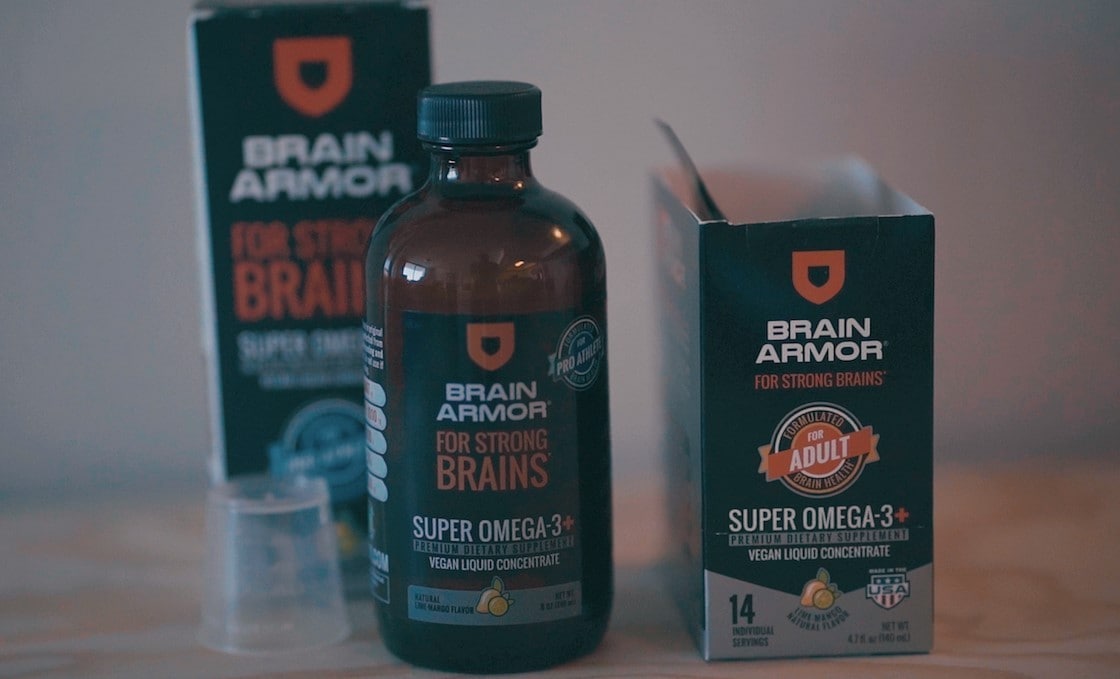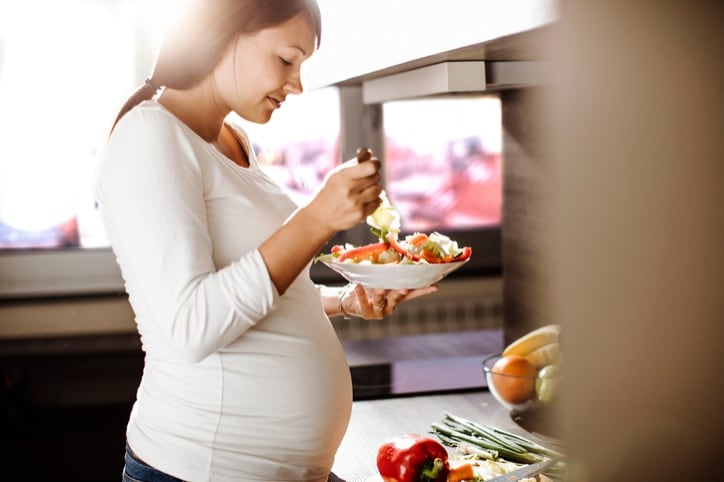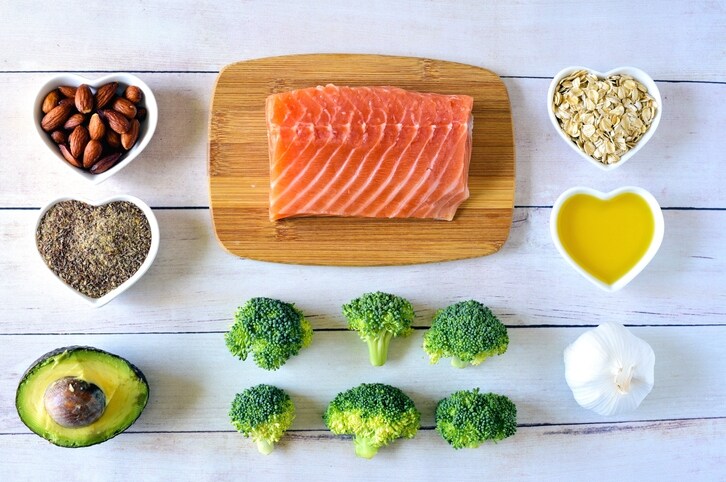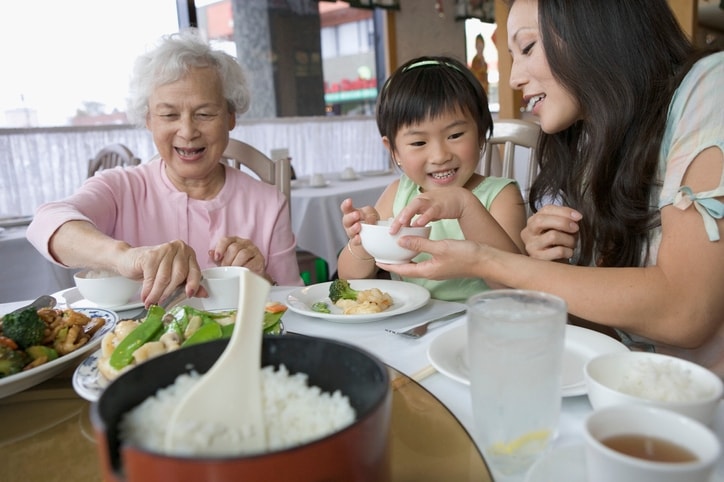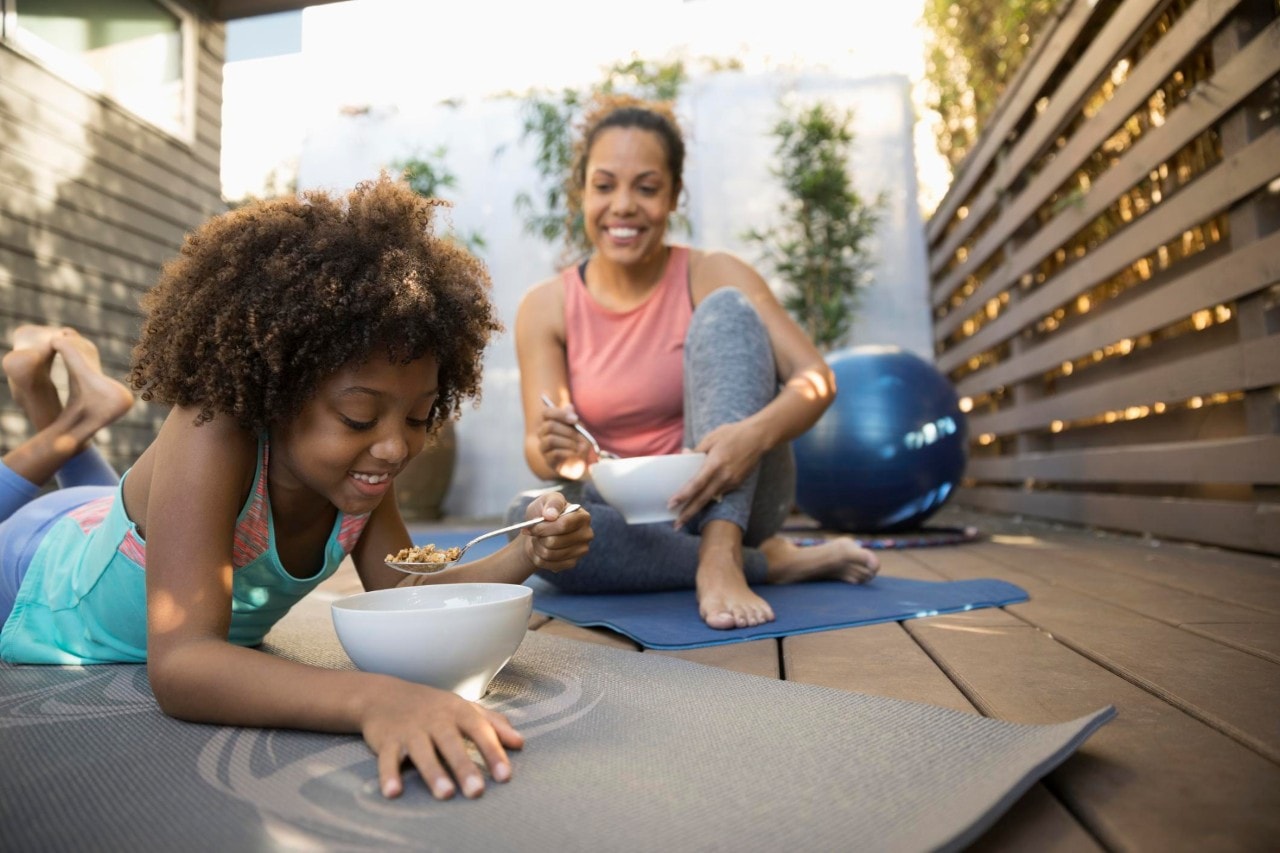If you’re a parent, September can be hectic as summer winds down and the kids get ready to head back to school. One of the routines I struggle the most to get back into is packing my daughter’s lunch. The thought of planning and packing that daily lunchbox is stressful, I get it. Coming up with a roster of lunches that are healthy, taste good and – most importantly – are eaten is no small feat. Studies have shown that food fuels our bodies and what our children consume plays a huge role in attention span, ability to learn, and cognitive development. (1)
None of us are perfect and we shouldn’t expect to be. But there are some small steps you, as a parent, can take that can have a huge impact on how and what your kids eat:
Tip Number 1: Get the Kids Involved
Involving your kids in the process of preparing their meals gives them ownership over some of their food choices and teaches them kitchen skills along the way. When kids feel responsible and in control of their food, they are more likely to eat it and less likely to trade it away for that bag of chips, box of jelly beans or slice of pizza.
Lunchbox Idea: Create a checklist or chart that can hang on the refrigerator as a guideline for lunchbox packing. Create a column for fruit, vegetable, protein and grains with a list of “approved items” below each. This will help to avoid “forgetting” a vegetable or having a lunch entirely made of granola bars.
Tip Number 2: Pack on the Protein
Proteins are made up of amino acids which are the “building blocks” of every cell in the human body. They’re pretty important, especially for those growing kids. Not only that, protein is essential for energy, to balance blood sugar (e.g. avoiding those sugar highs and crashes) and also helps to keep us feeling full.
Lunchbox Idea: Nut butter is a long-time favorite lunchbox protein, so go ahead, throw in that sandwich, but use whole wheat bread, natural almond butter and banana slices instead of excessively sugary jelly or jam. Other go-to packable proteins include Greek yogurt, hard-boiled eggs, hummus and edamame. Another great option is a bean and quinoa salad with vinaigrette.
Tip Number 3: Up the Omega-3s
The human brain is made up of nearly 60 percent fat and omega-3 fatty acids are an essential component of brain health. Particularly important are eicosapentaenoic acid (EPA) and docosahexaenoic acid (DHA), which are forms of omega-3s important for cell membrane growth and formation (2). Research studies have shown that children who consume adequate amounts of DHA exhibit improved behavior at home and a 50 percent improvement in reading scores compared to children with low blood levels of this omega-3 fatty acid (3,4).
EPA and DHA are most frequently found in cold-water fish, such as salmon, tuna, mackerel and halibut. Marine algae are also a good source of EPA and DHA. A third type of omega-3, alpha-linolenic acid (ALA), can be converted by the body but is not used as efficiently as DHA. ALA is found in plant foods, such as flax and chia seeds and walnuts (5).
Lunchbox Idea: A simple tuna or salmon salad, made with Greek yogurt instead of mayo, are excellent sources of omega-3 fatty acids and protein. In addition, there are DHA omega-3 fortified milks available for those picky eaters. Look for the life’sDHA® logo to know you are getting a high-quality algal source.
Tip Number 4: Batch Cook like a Boss
Batch cooking simply means making extra portions of something ahead of time. Instead of cutting up one carrot for today’s lunch, why not cut up a pound of carrots for the week? And don’t stop there – how about some celery, peppers and cucumbers? Add in some nut butter or hummus and you’re halfway to lunch!
Lunchbox Idea: Make a large pot of quinoa, rinse and drain a can of beans, dice up some peppers or other vegetables, and mix together a jar of homemade vinaigrette (2 parts olive oil to 1 part of your favorite vinegar; for example, put ½ cup olive oil and ¼ cup balsamic vinegar in a jam jar, add some salt and pepper, and voila! Balsamic Vinaigrette!). Combine it all together to create a grain salad for tomorrow’s lunch - food in a bowl is a recipe for success.
Bottom line, every lunch won’t be perfect and some days may be more challenging than others, but having a tasty, healthy lunch that your kids will enjoy can be done. Hopefully these tips make it a little easier as you get back into the swing of school. Share your thoughts and questions with me on Facebook @CulinaryNutritionCuisine (Link: https://www.facebook.com/culinarynutritioncuisine/).


